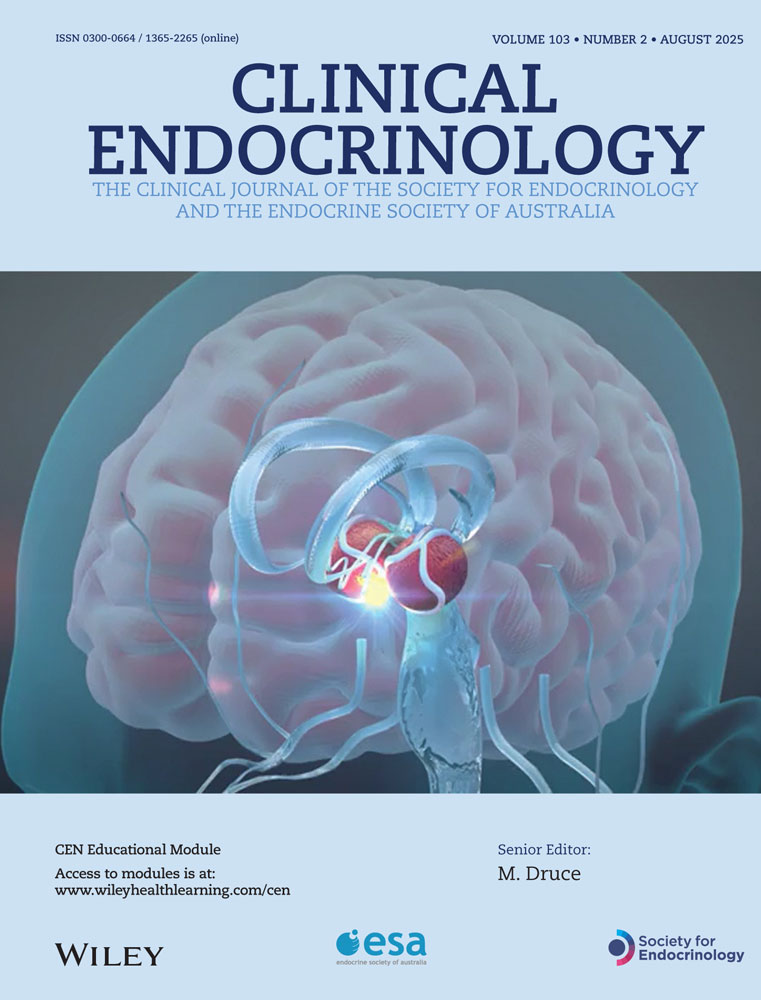Effects of chronic opioid antagonism on gonadotrophin and ovarian sex steroid secretion during the luteal phase
Abstract
OBJECTIVES
Since short-term opioid antagonism increases LH pulsatility during the luteal phase in women, we postulated that prolonged opioid antagonism may also accelerate the LH secretory episodes at this time. If so, the functional and temporal links between secretory episodes of pituitary LH and oestradiol (E2) and progesterone (P) release from the mature human corpus luteum may be disrupted.
STUDY DESIGN
Prolonged opioid blockade with the oral antagonist naltrexone (100 mg daily) was effected in eight women during the entire luteal phase of their cycles. Following documented ovulation in both placebo (control) and naltrexone cycles, blood samples were obtained daily and frequently (every 10 minutes for 10 h) on days 6–8 after ovulation.
MEASUREMENTS
In all blood samples, LH, E2 and P were determined by IRMA.
RESULTS
Compared to control cycles, the temporal organization and the endocrine characteristics of the luteal phase remained virtually unchanged during chronic opioid blockade. Periodic fluctuations were detected (by cluster analysis) in LH, E2 and P data series established by frequent sample collections in both the control and naltrexone cycles. LH secretory profiles were remarkably similar during control and naltrexone cycles, and the E2 and P secretory episodes tended to be coupled to LH pulses during both cycles. As determined by time–series analysis, the cross-correlations between the LH/E2 and LH/P data series remained unaltered by opioid blockade.
CONCLUSIONS
Chronic opioid antagonism with naltrexone did not disrupt the temporal organization or endocrine characteristics of the luteal phase. In particular, prolonged opioid blockade did not change LH secretory patterns. The functional and temporal links between LH inputs and sex steroid release from the mature corpus luteum remained unaffected by prolonged opioid antagonism. In contrast to the effects of short-term opioid blockade on LH pulsatile release during the luteal phase, the effects of chronic opioid antagonism on LH release may be transient and may not persist throughout the entire luteal phase, suggesting desensitization of the opiate receptors.




